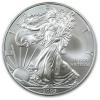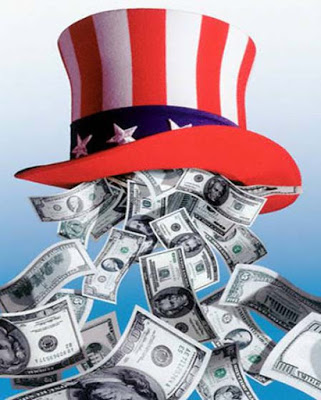

| Online: | |
| Visits: | |
| Stories: |

| Story Views | |
| Now: | |
| Last Hour: | |
| Last 24 Hours: | |
| Total: | |
Some Thoughts on US Fiscal Policy
Tuesday, April 19, 2016 9:49
% of readers think this story is Fact. Add your two cents.
Be prepared for the next great transfer of wealth. Buy physical silver and storable food.
marctomarket.com / by Marc Chandler / April 19, 2016
 The US presidential selection process is well underway, and yet there has been no coherent discussion of fiscal policy. In part, this is because it does not appear particularly urgent.
The US presidential selection process is well underway, and yet there has been no coherent discussion of fiscal policy. In part, this is because it does not appear particularly urgent.
The US deficit peaked in 2009 at 10.1% of GDP. Last year it stood at what for most OECD countries an enviable 2.6%. This year and next it is forecast by private sector economists to reach 2.9%.
There are many who argue that monetary policy has been as accommodative as possible. With the expansion entering its seventh year, unemployment at 5%, and the Fed’s preferred inflation measure (the core PCE deflator) at 1.7%, interest rates remain low in both nominal and real terms.
The Fed funds target is 25-50 bp. While most economists expected to it be lifted in June, investors seem less sanguine. The Fed funds futures strip is consistent with one rate hike late this year. Treasury yields through the seven-year note are below the core PCE deflator. The real 10-year yield is only a few basis points in positive territory
Growth in Q4 15 was poor at a revised annual rate of 1.4%. Although we, like many, had anticipated a rebound in Q1 16, this does not seem to be the case. The Atlanta Fed GDPNow tracker projects growth at 0.3% in the first three months of the year, while the newer New York Fed GDP tracker anticipates, with a different methodology a 0.8% annualized pace.
Some economists like Summers and Krugman have been advocated greater public investment. Both Bernanke and Yellen appear sympathetic to such proposals. While recognizing the high level of government debt, they also have argued in favor of new government investment, particularly with such low prevailing interest rates.
READ MORE
The post Some Thoughts on US Fiscal Policy appeared first on Silver For The People.
Thanks to BrotherJohnF
Source: http://silveristhenew.com/2016/04/19/some-thoughts-on-us-fiscal-policy/


